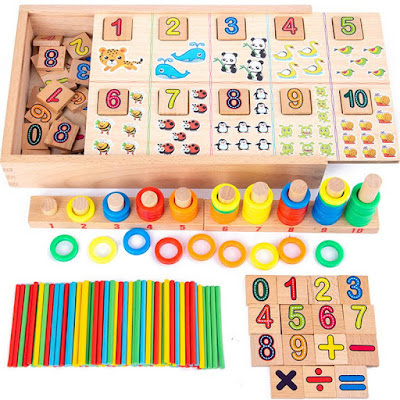
The Mystery
Bags strategy (Yopp, Yopp, and Bishop 2009) helps students develop oral language
skills by sparking conversations about a topic. The teacher fills a paper bag
with objects that relate to an upcoming lesson or unit. As the teacher pulls
each object from the bag, students identify and discuss it. They are encouraged
to draw upon their experiences with or knowledge about the object. For example,
if a compass is drawn from the bag, students would name the object and discuss
its use. This process is repeated with a second object in the bag. Then
students try to figure out how the two objects are related and why both items
are in the same bag. This process continues with all of the objects in the bag.
When
Do I Use It? Why Do I Use It?
The Mystery Bags strategy should be used at the beginning of a unit to activate prior knowledge and build background knowledge. Real objects, not just pictures, are used so that students can see and touch them. This hands-on, kinesthetic activity is excellent for English language learners because it provides them with objects to connect to the words they are learning. The mystery about the objects in the bag, the opportunity to see and touch the items, and the time given to discuss them generate great interest in a new topic.
Standards
- Grades 1–2
- Grades 3–5
- Grades 6–
- What Is It?
The Mystery Bags strategy should be used at the beginning of a unit to activate prior knowledge and build background knowledge. Real objects, not just pictures, are used so that students can see and touch them. This hands-on, kinesthetic activity is excellent for English language learners because it provides them with objects to connect to the words they are learning. The mystery about the objects in the bag, the opportunity to see and touch the items, and the time given to discuss them generates great interest in a new topic.
Materials
Paper bag filled with items related to an upcoming unit of study
Directions for the Teacher
Read the strategy steps for your grade span (grades 1–2, grades 3–5, or grades 6–8).
- Refer to the example provided for your grade span. You may also refer to the examples from other grade spans to see how the strategy can be used with different vocabulary words, at different grade levels, and for various units of study.
- Choose the general academic and/or specialized content words you want to focus on in your social studies lesson. You can refer to your content standards or textbook as a guide. Or, refer to the appendices for lists of suggested specialized content and general academic words to help you plan your lessons.
- Teach the strategy as outlined, using the words you have chosen. Refer to the Differentiation section for strategies for meeting the needs of all learners.







Post a Comment